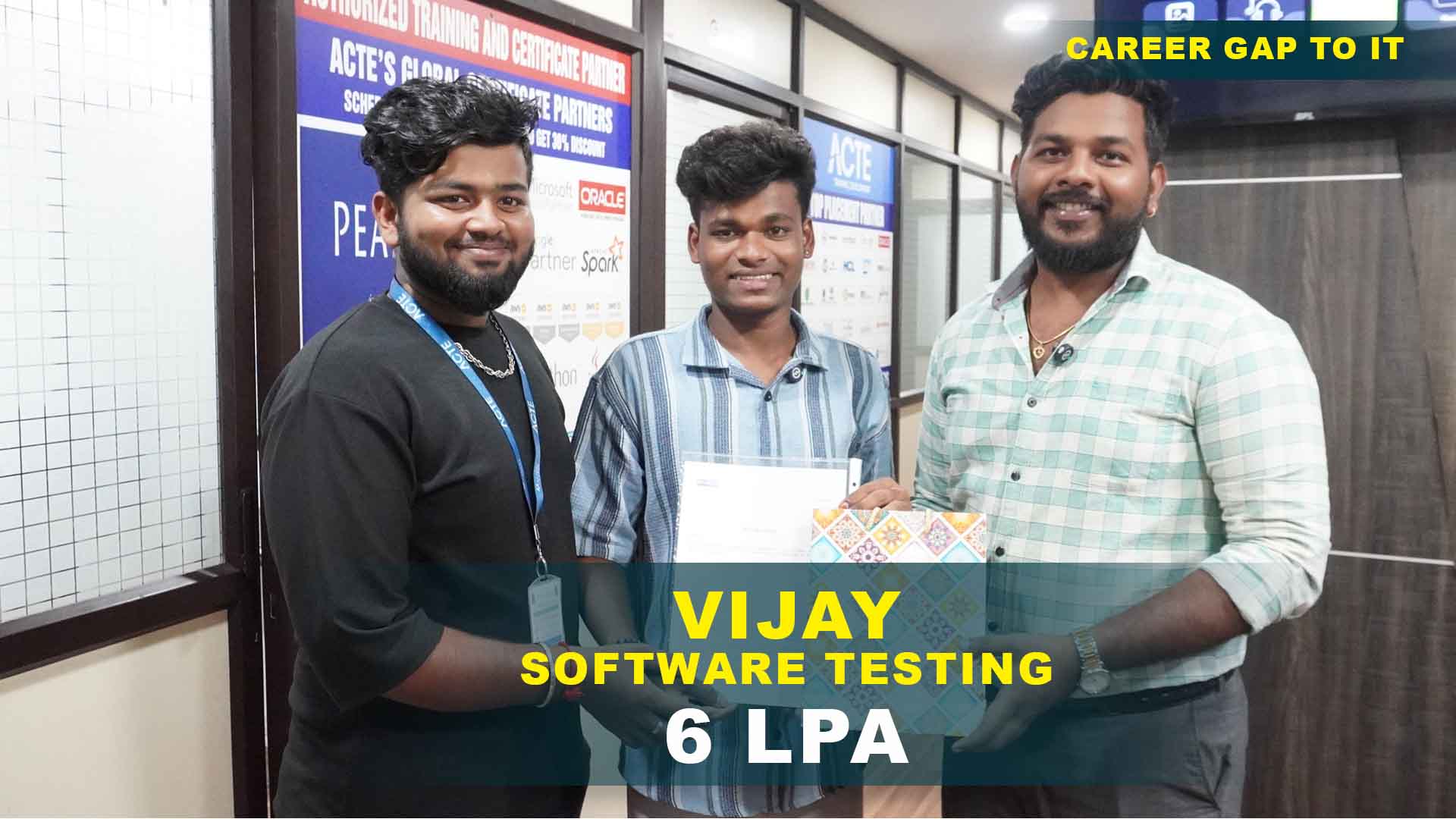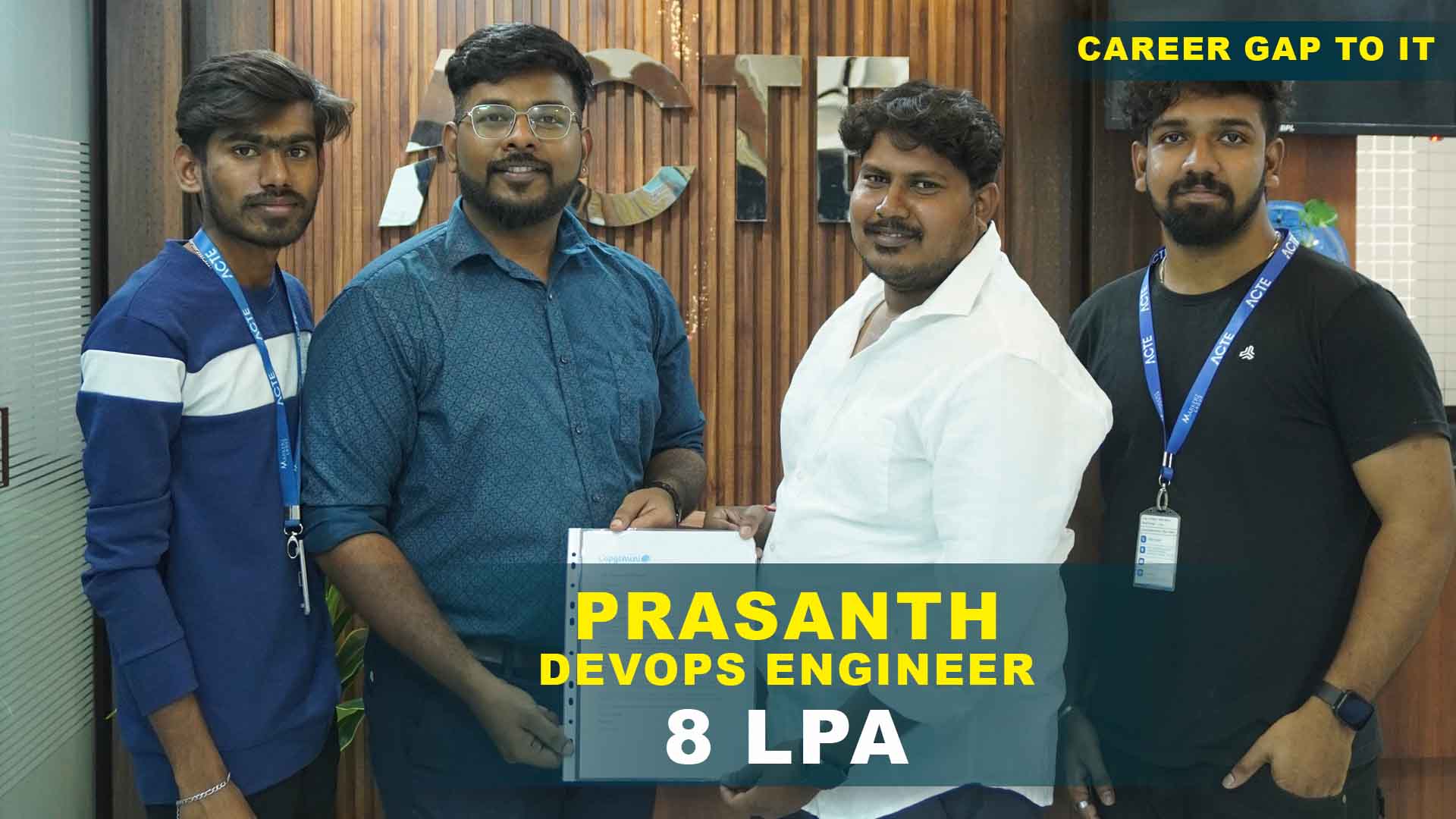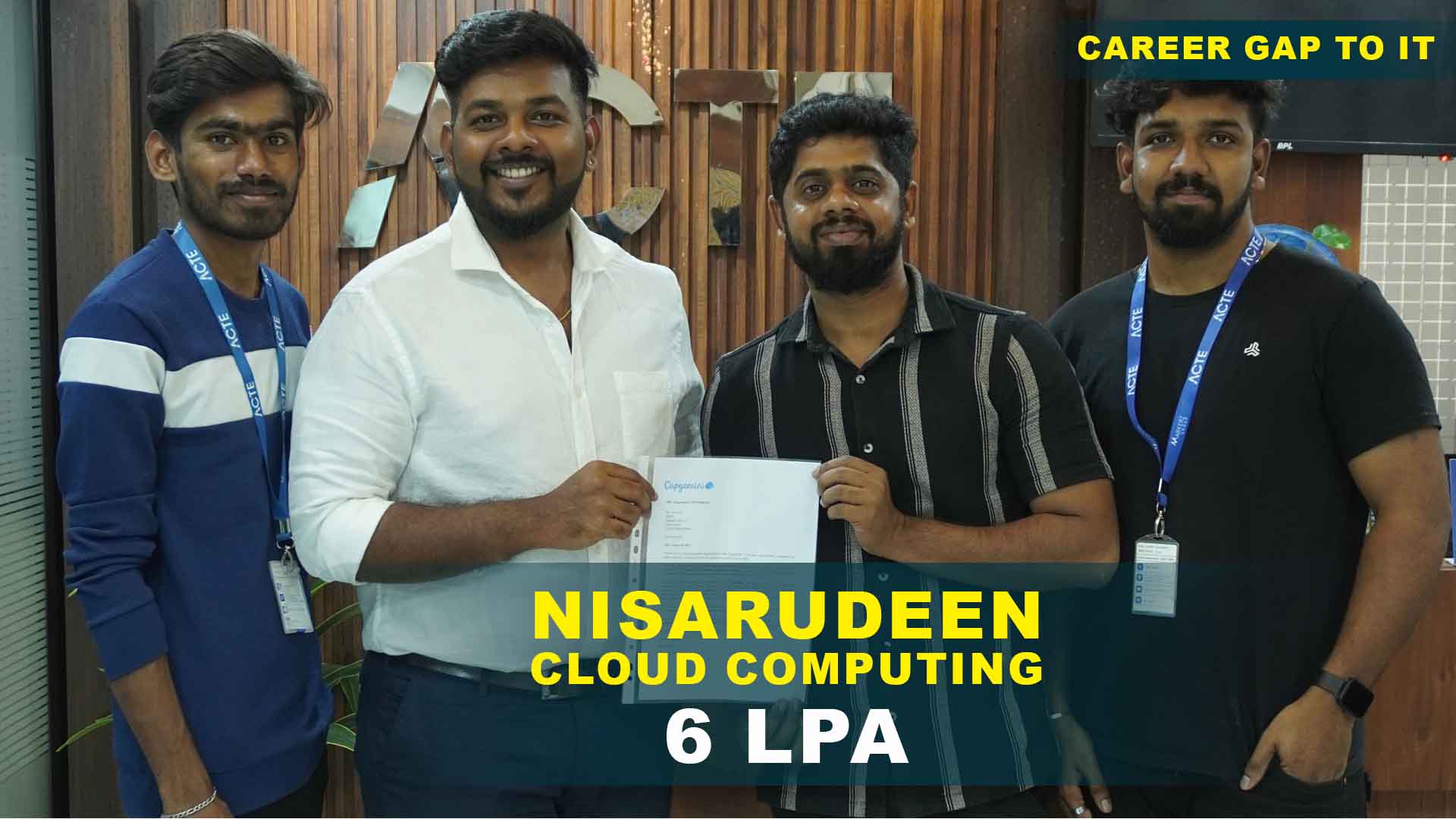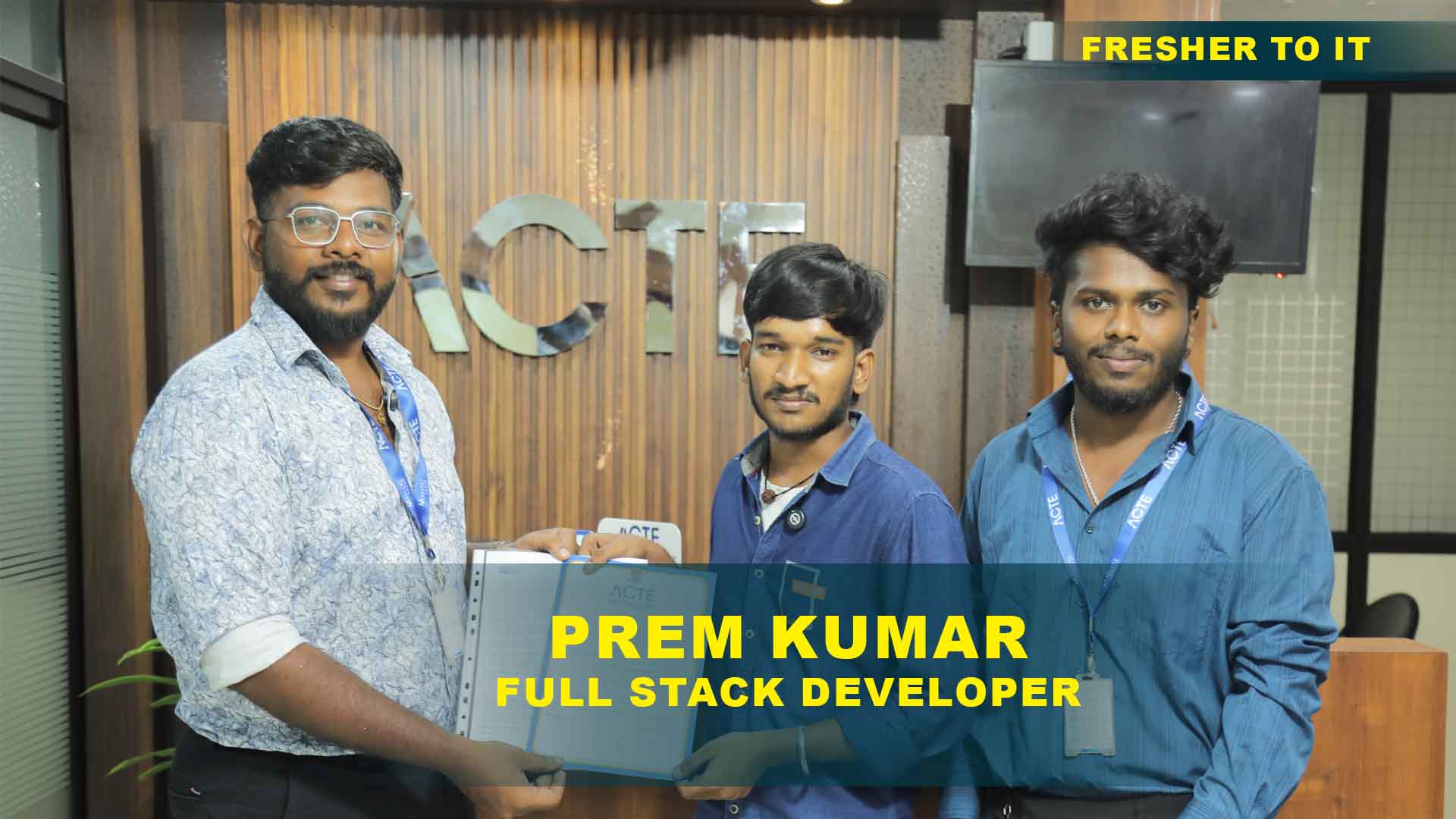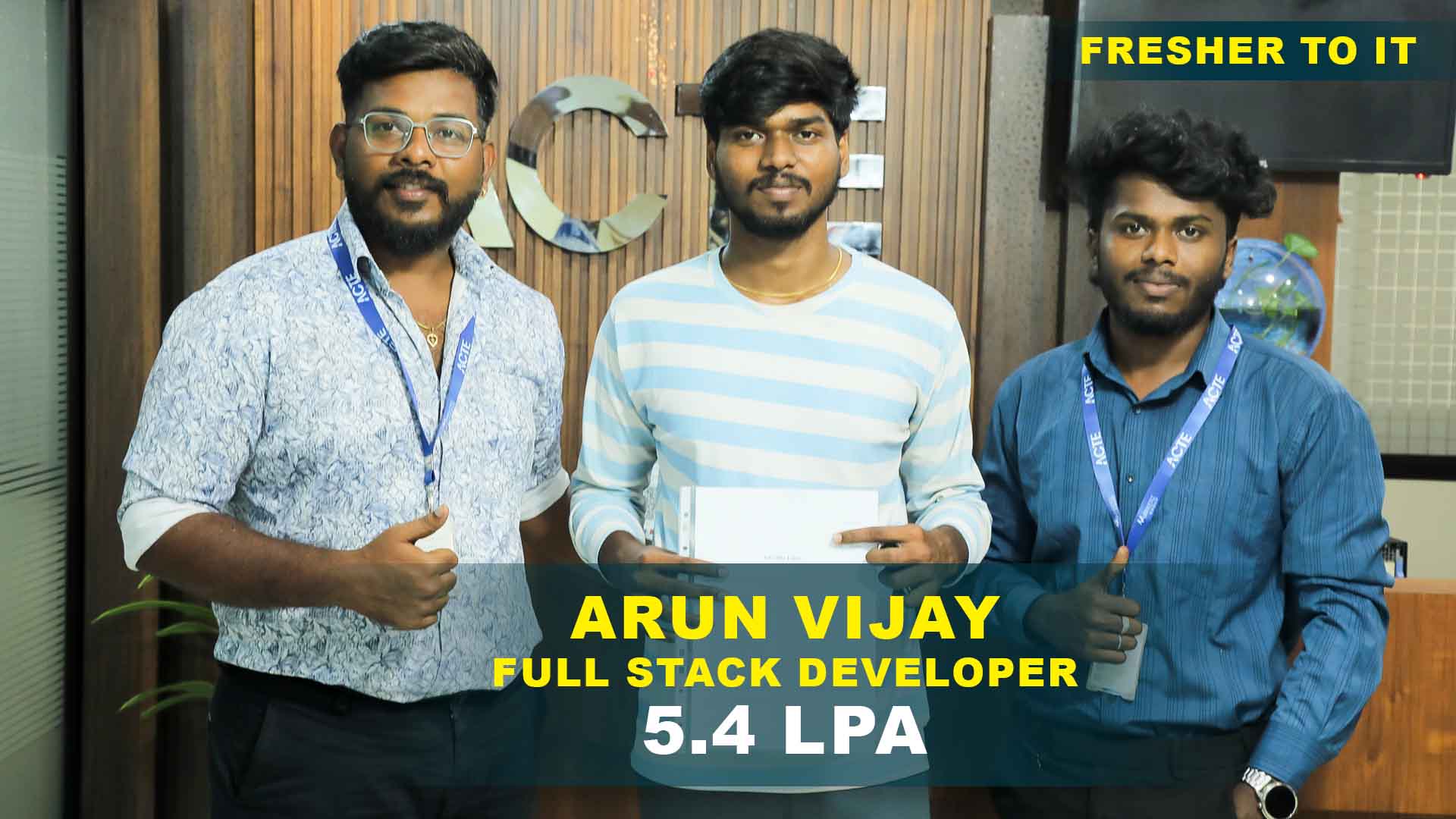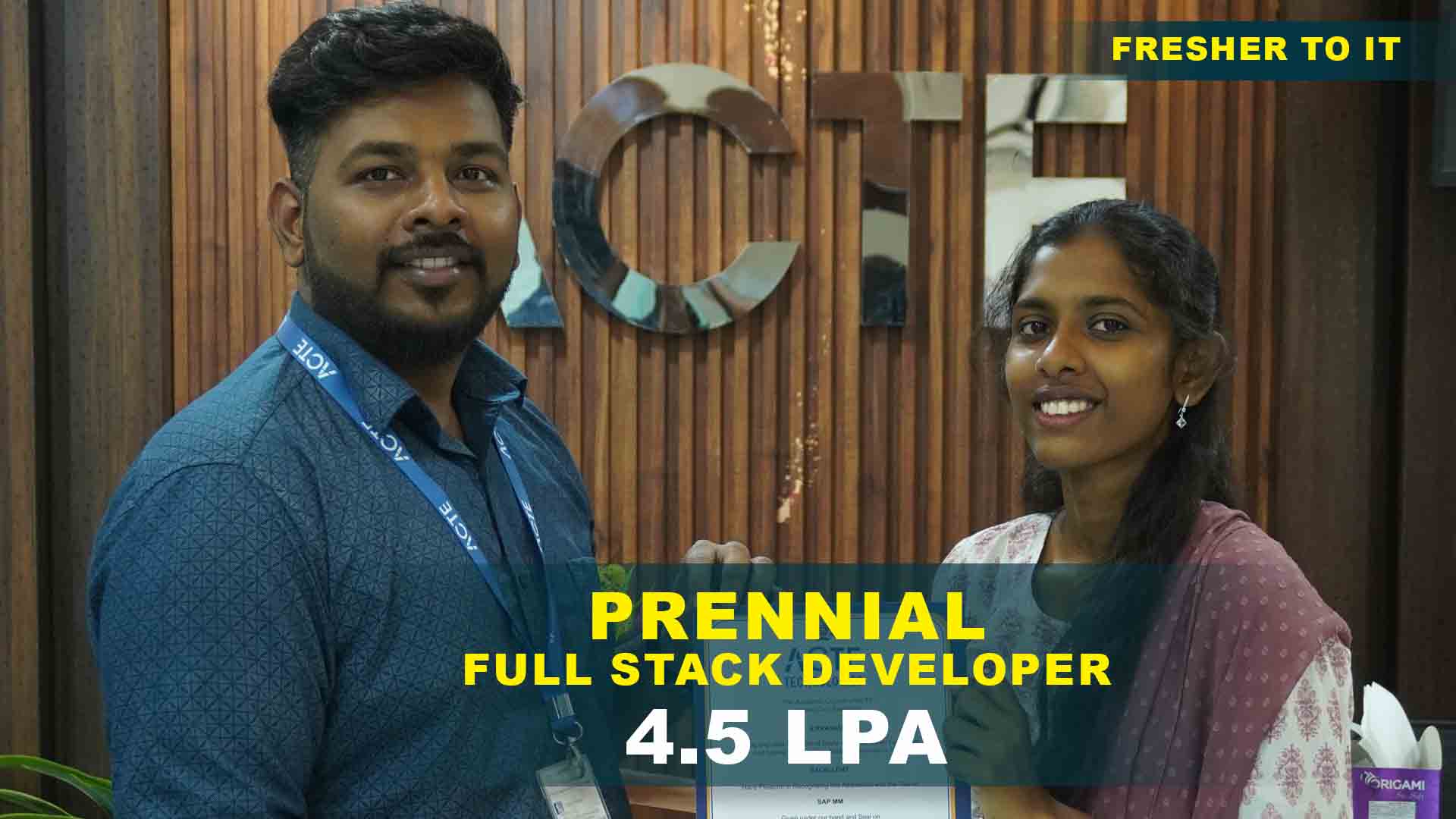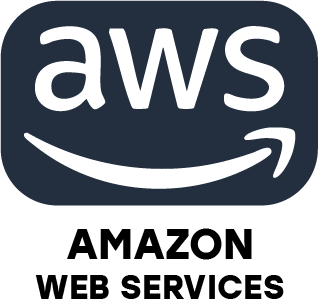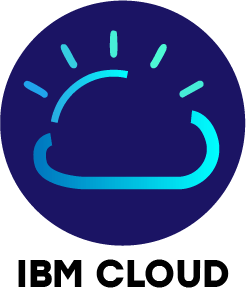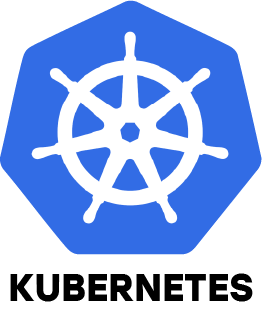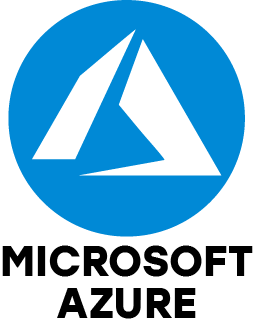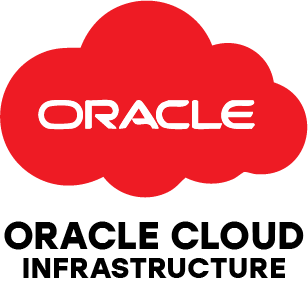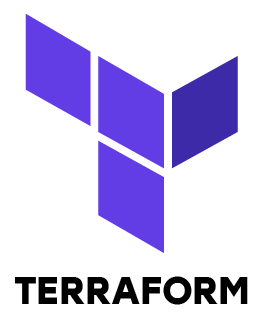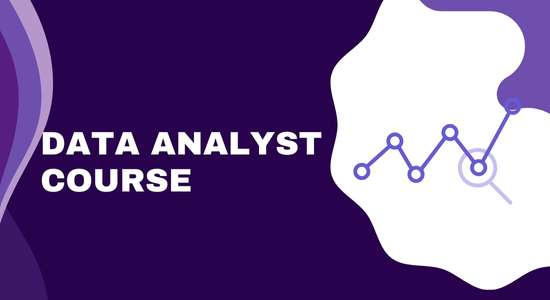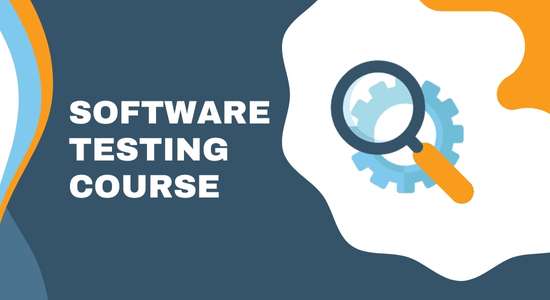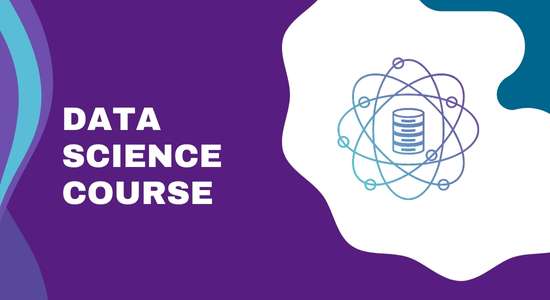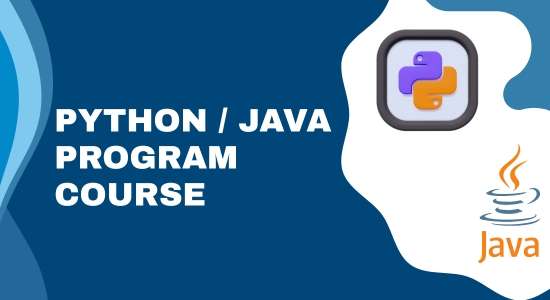1. How do IaaS, PaaS and SaaS differ from each other in cloud computing?
Ans:
The necessary elements, such as virtual machines, storage, and networking, are provided by Infrastructure as a Service (IaaS), and users are in charge of everything but the actual hardware. Platform as a Service (PaaS) saves time and effort by providing a ready-made platform for developing and deploying applications without requiring management of the underlying infrastructure. With Software as a Service, consumers can get fully functional apps straight over the internet without having to bother about installation or upkeep.
2. How does one go about establishing an AWS EC2 instance?
Ans:
To configure an EC2 instance, you start by logging into the AWS Management Console, then selecting an Amazon Machine Image (AMI) and choosing the instance type, like t2.micro. Next you configure the network settings, including VPC and subnet and set security groups that act as firewall rules. Once launched you can connect securely using SSH for Linux instances or RDP for Windows
3. What role does Identity and Access Management (IAM) play in cloud security?
Ans:
In a cloud context IAM is in charge of securely managing users, roles and permissions. By giving users only the rights necessary to complete their duties, it adheres to the principle of least privilege, preventing unwanted access and enhancing the cloud infrastructure's overall security posture.
4. How is auto-scaling managed in cloud platforms like AWS and Azure?
Ans:
Auto-scaling automatically adjusts number of active servers or instances based on current demand. In AWS Auto Scaling Groups monitor resources using CloudWatch and scale the instances up or down as needed. In Azure Virtual Machine Scale Sets are used with auto-scale rules. This approach keeps applications responsive during traffic spikes and saves costs by reducing unnecessary resources when demand is low.
5. What is the process to migrate an on-premise application to the cloud?
Ans:
Migrating an on-premise application begins with assessing the application’s architecture and dependencies. After deciding on the appropriate cloud model and provider, data backup is essential before setting up the cloud infrastructure. The application is then moved in phases to reduce downtime. After thorough testing, full transition is completed, followed by performance monitoring and ongoing optimization.
6. How do public and private subnets differ within Virtual Private Cloud (VPC)?
Ans:
Within a VPC a public subnet has direct internet access through an internet gateway, making resources like web servers accessible from outside. In contrast a private subnet does not have direct internet connectivity; its resources such as databases are only accessible internally within the VPC or via a NAT Gateway.
7. What is Azure Resource Manager (ARM) and how does it function?
Ans:
Azure Resource Manager (ARM) is the service responsible for deploying and managing Azure resources. It allows grouping of resources like virtual machines, databases and networks for easier management. ARM templates enable infrastructure to be defined as code, allowing consistent deployments.
8. Which tools are commonly used for cloud monitoring and logging?
Ans:
AWS CloudWatch is used to monitor metrics and logs within AWS environment. Azure Monitor combined with Log Analytics provides performance tracking and log management in Azure. For open-source solutions tools like Prometheus for monitoring and Grafana for dashboards are widely used to visualize and analyze cloud infrastructure performance.
9. How can high availability and fault tolerance be ensured in cloud architectures?
Ans:
To achieve high availability and fault tolerance applications are deployed across multiple availability zones or regions to avoid single points of failure. Load balancers distribute incoming traffic evenly across the servers while auto scaling adjusts resources dynamically based on demand.
10. What is Infrastructure as Code (IaC) and how is Terraform used in context?
Ans:
Infrastructure as Code (IaC) is the practice of managing and provisioning cloud resources through code rather than manual processes. Terraform is a popular IaC tool that allows infrastructure to be defined in configuration files (.tf), which can be deployed with simple commands. Using Terraform, resources such as VPCs, EC2 instances and storage buckets can be created consistently and version-controlled, simplifying updates and collaboration.






